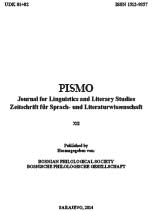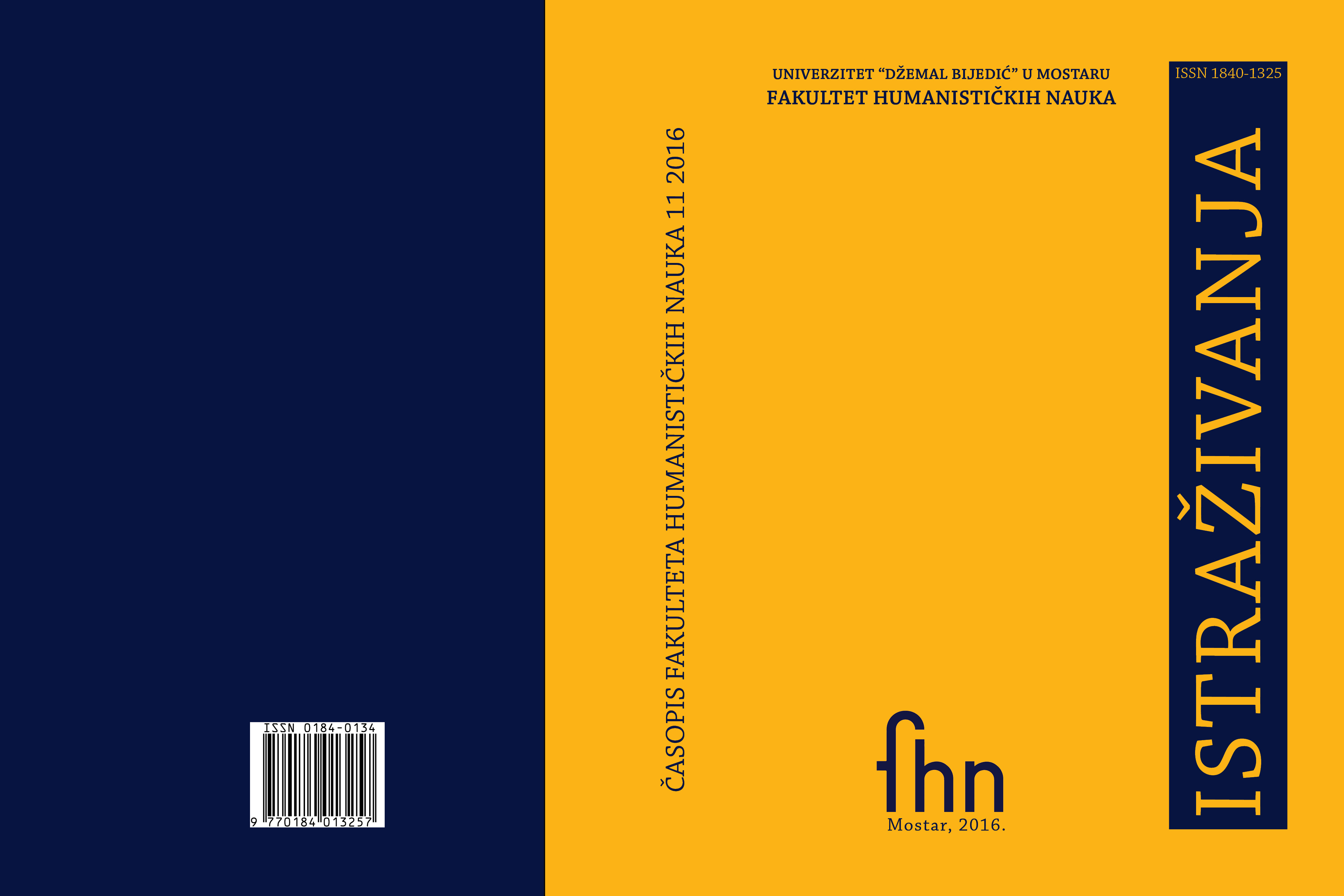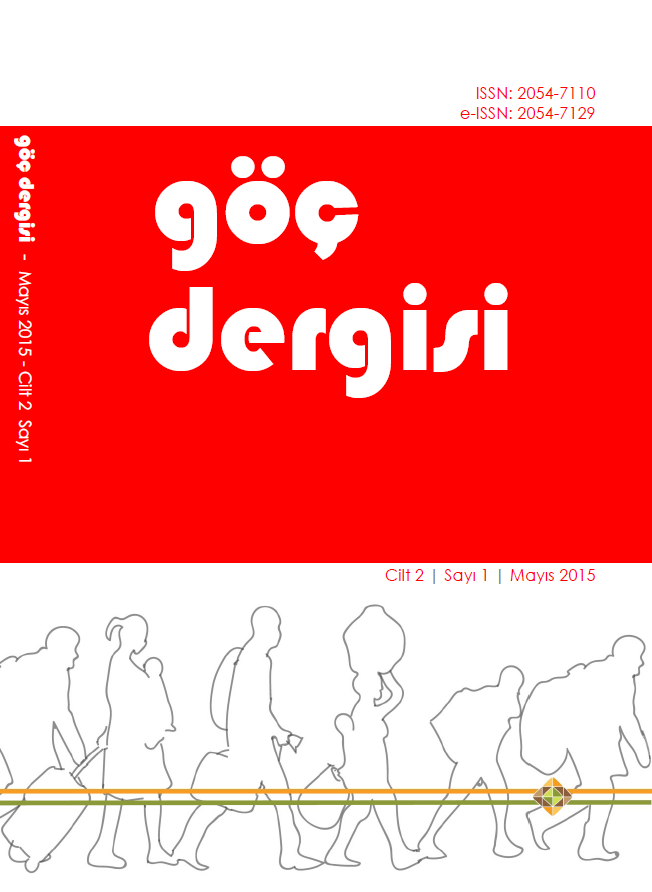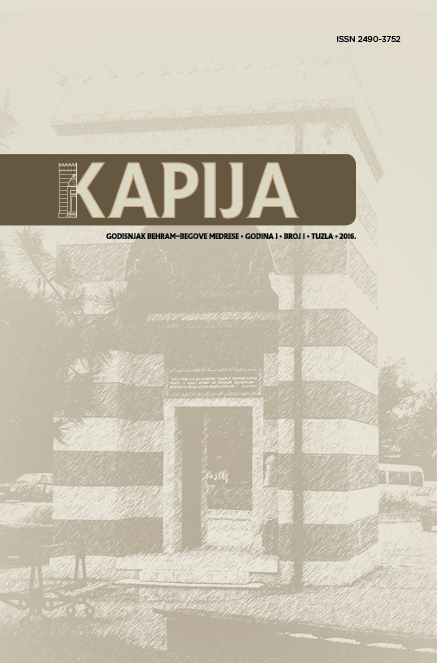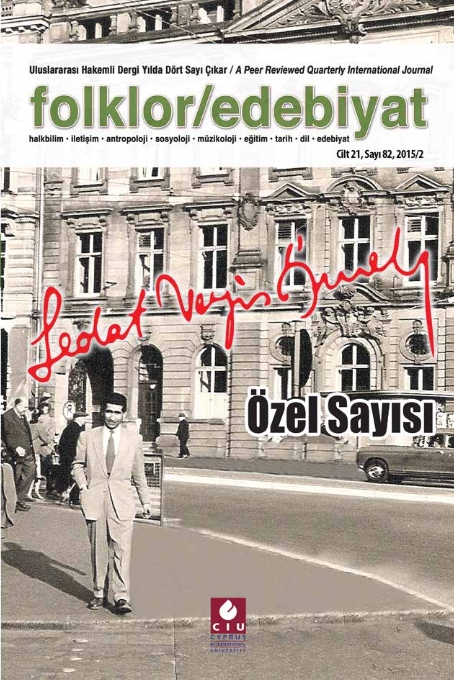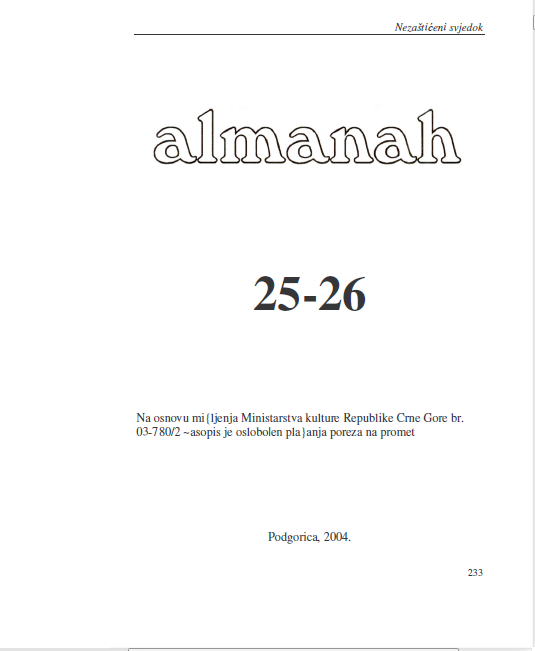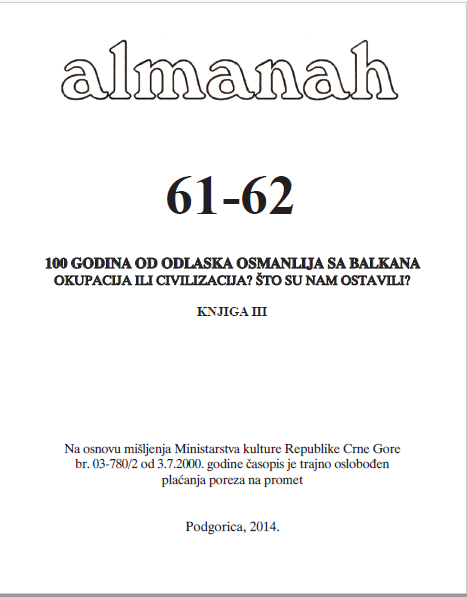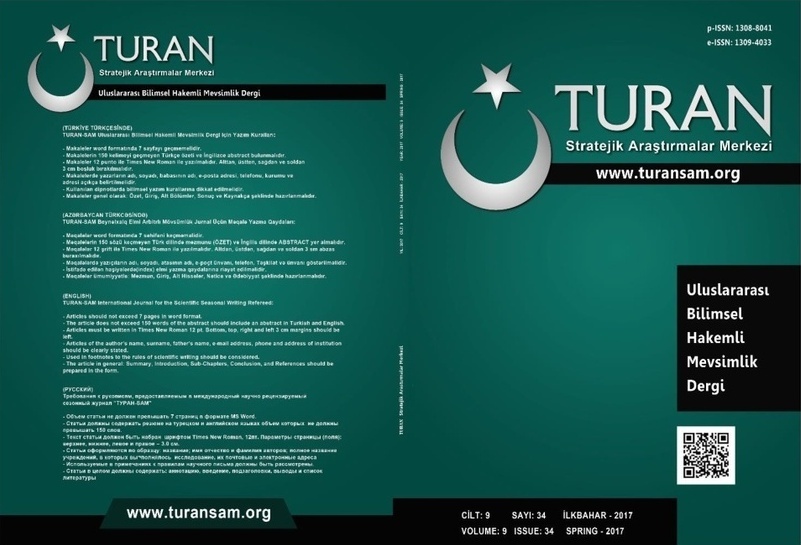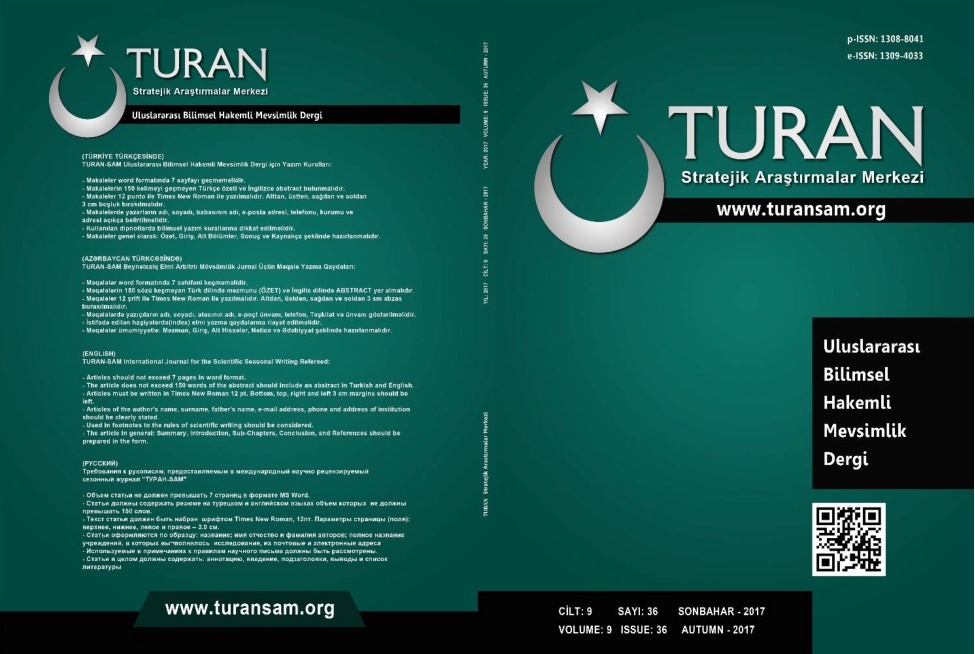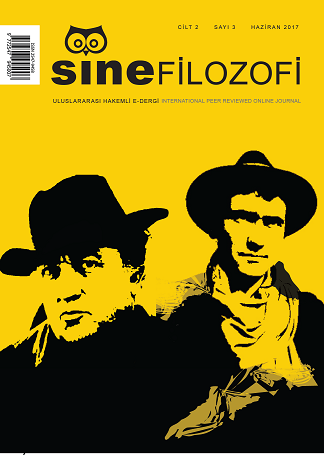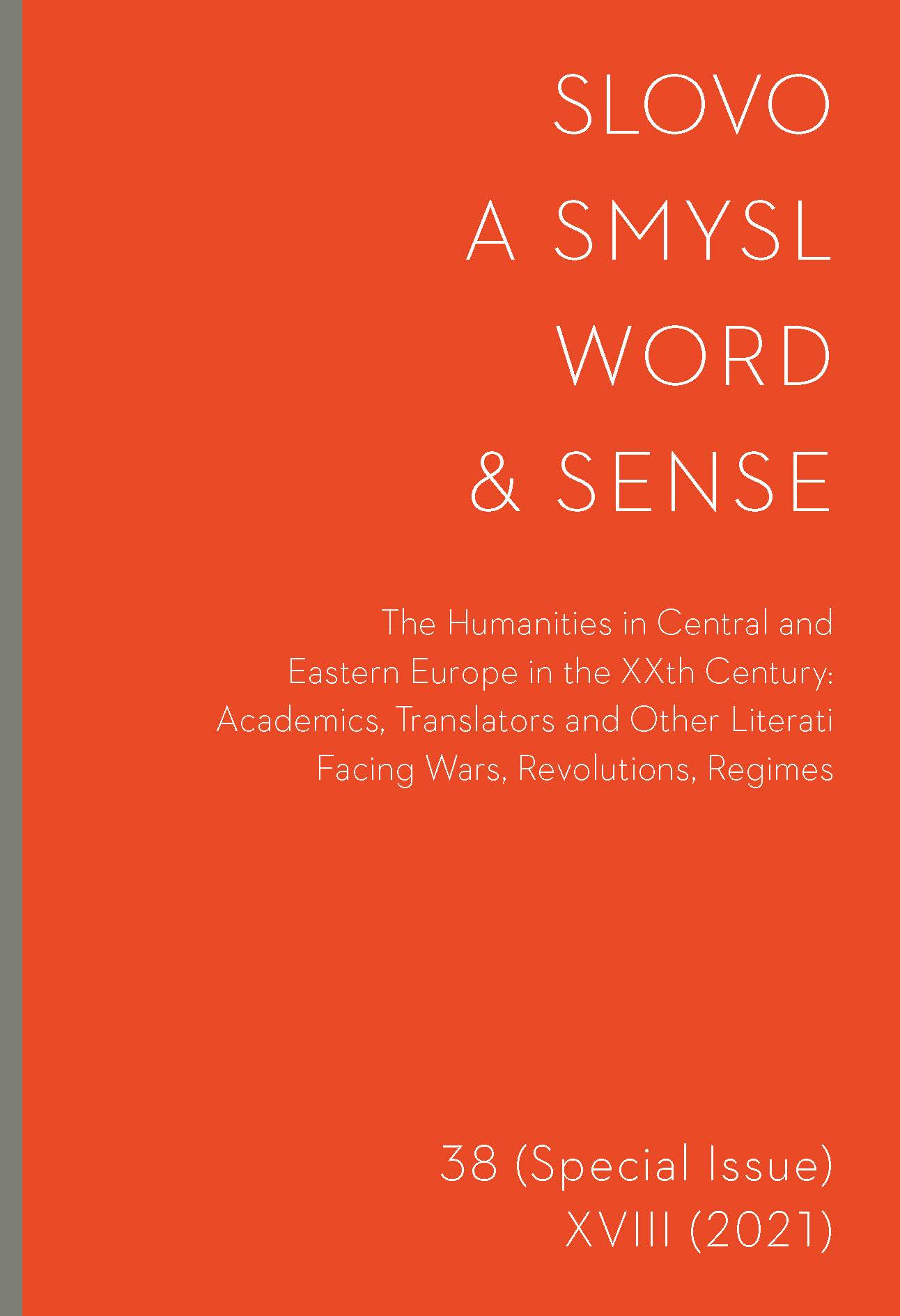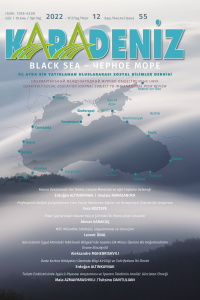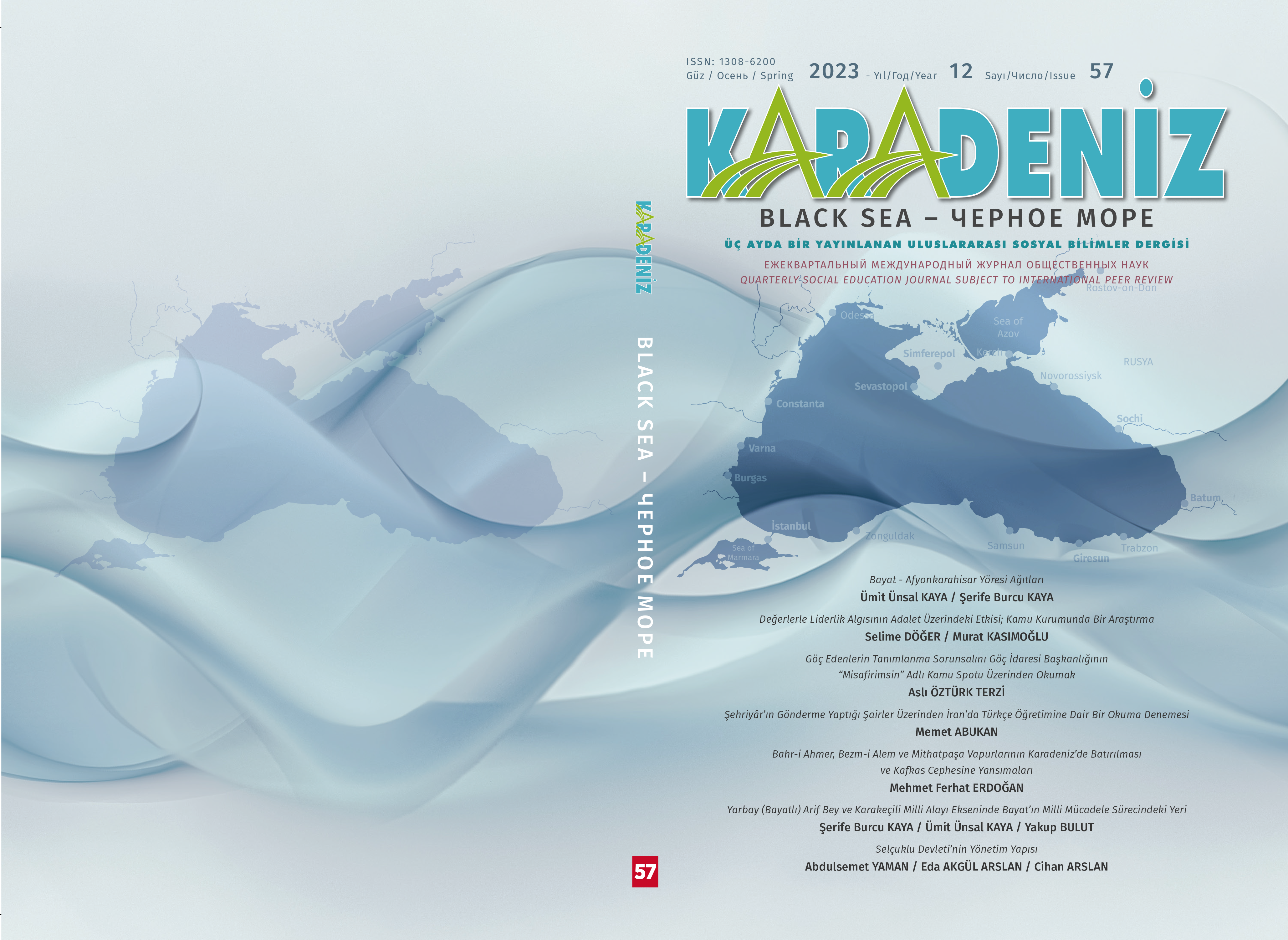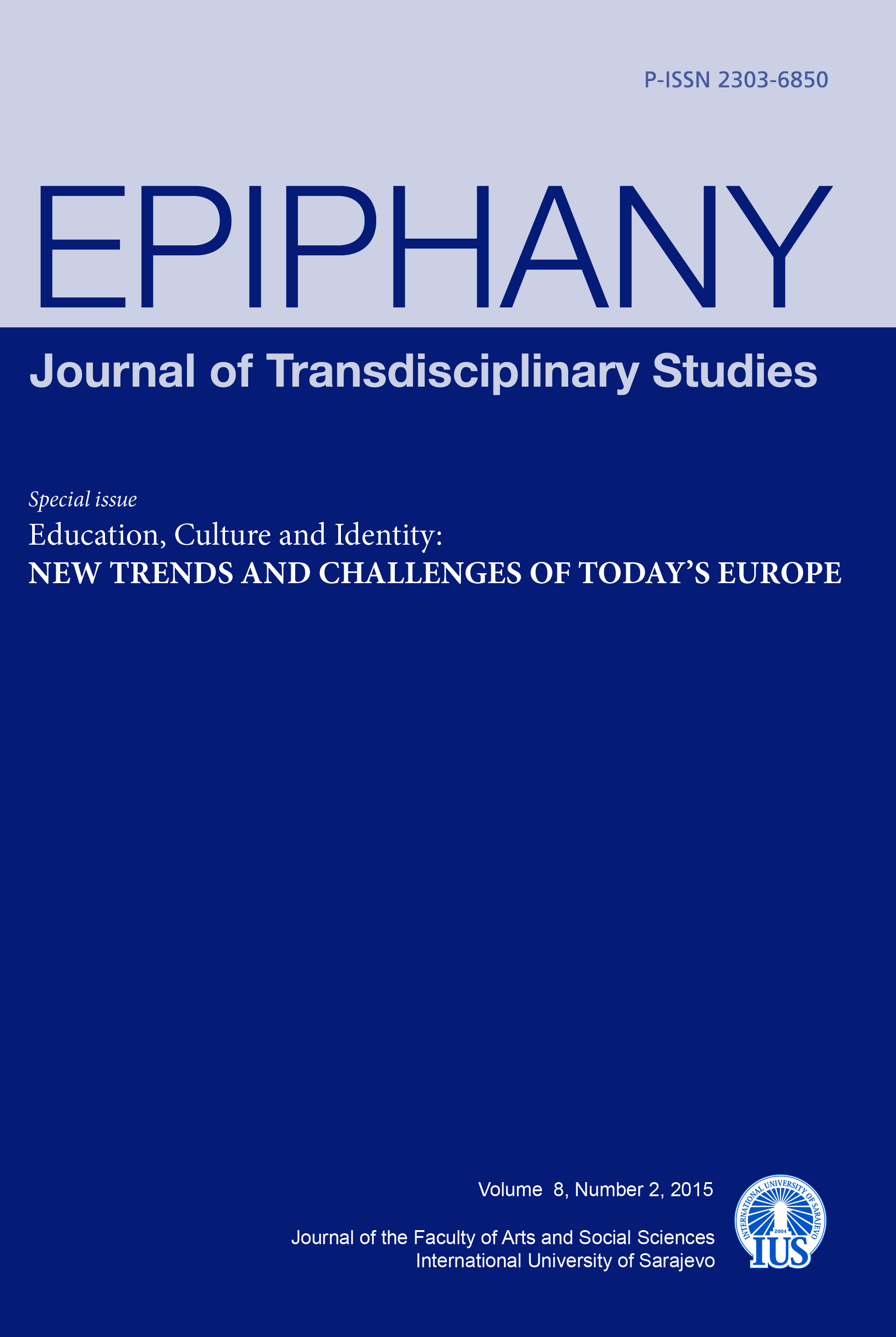
Transnational Identity in Robyn Rowland’s Australian/Turkish Poems: This Intimate War: Gallipoli/Çanakkale 1915 - İçli Dışlı Bir Savaş: Gelibolu/Çanakkale 1915
World War I was a cataclysm. Such global carnage, devastation and waste could not but result in international, intranational and individual change. One of the premises upon which war is sustained is the otherness” of the enemy, attributed to various national, ethnic, geographical, social or cultural factors. This presupposes that the opposing force perceives its own identity as different from that of the enemy in some crucial way, sufficient to negate any variety in group affiliations within its own ranks, and to obscure the significance of characteristics held in common with the antagonist.The intensity of the experience of war, the need to validate the sacrifice involved, political imperatives and contingent propaganda all tend to reinforce perceptions of self-identity and “otherness” during the conflict, and in its aftermath. Where war is international, issues of national identity will predominate. During WWI, the Gallipoli Campaign set Allied invaders against Ottoman Turks. Between 1915 and the evacuation of the Allied troops in January 1916, both sides sustained terrible casualties and horrendous loss of life. The history, memories, commemoration and mythologisation of the Anzac troops, from Australia and New Zealand, and of the Turks at Gallipoli were to contribute to the forging of the post-war national identities of their respective countries. However, identity is both a multi-facetted construct and a process in flux, in which the present interacts with the past. Imperatives change, perspectives too. Cultural identity, the sense of belonging to a particular group, may transcend national boundaries; myths may be reworked. A century after the Gallipoli campaign, this paper examines poems from Robyn Rowland’s This Intimate War: Gallipoli/Çanakkale 1915, in the light of the contemporary trend to move away from the mythologizing of the Gallipoli story on a national basis towards a more inclusive transnational approach based on shared experience and values.
More...
